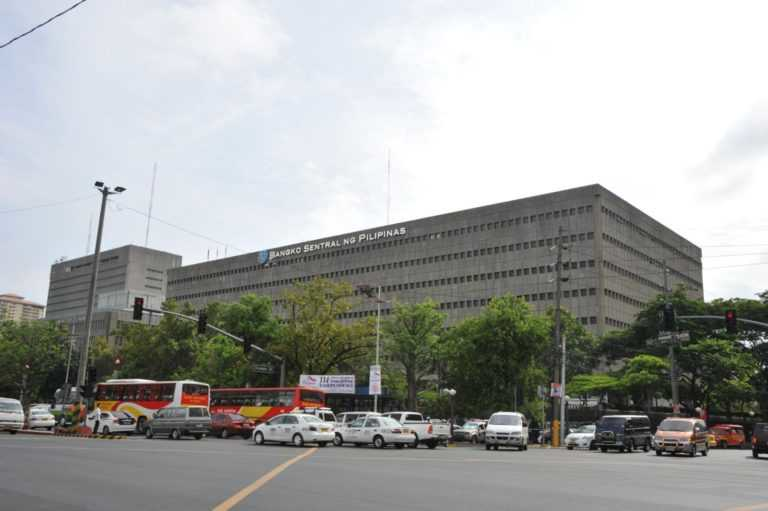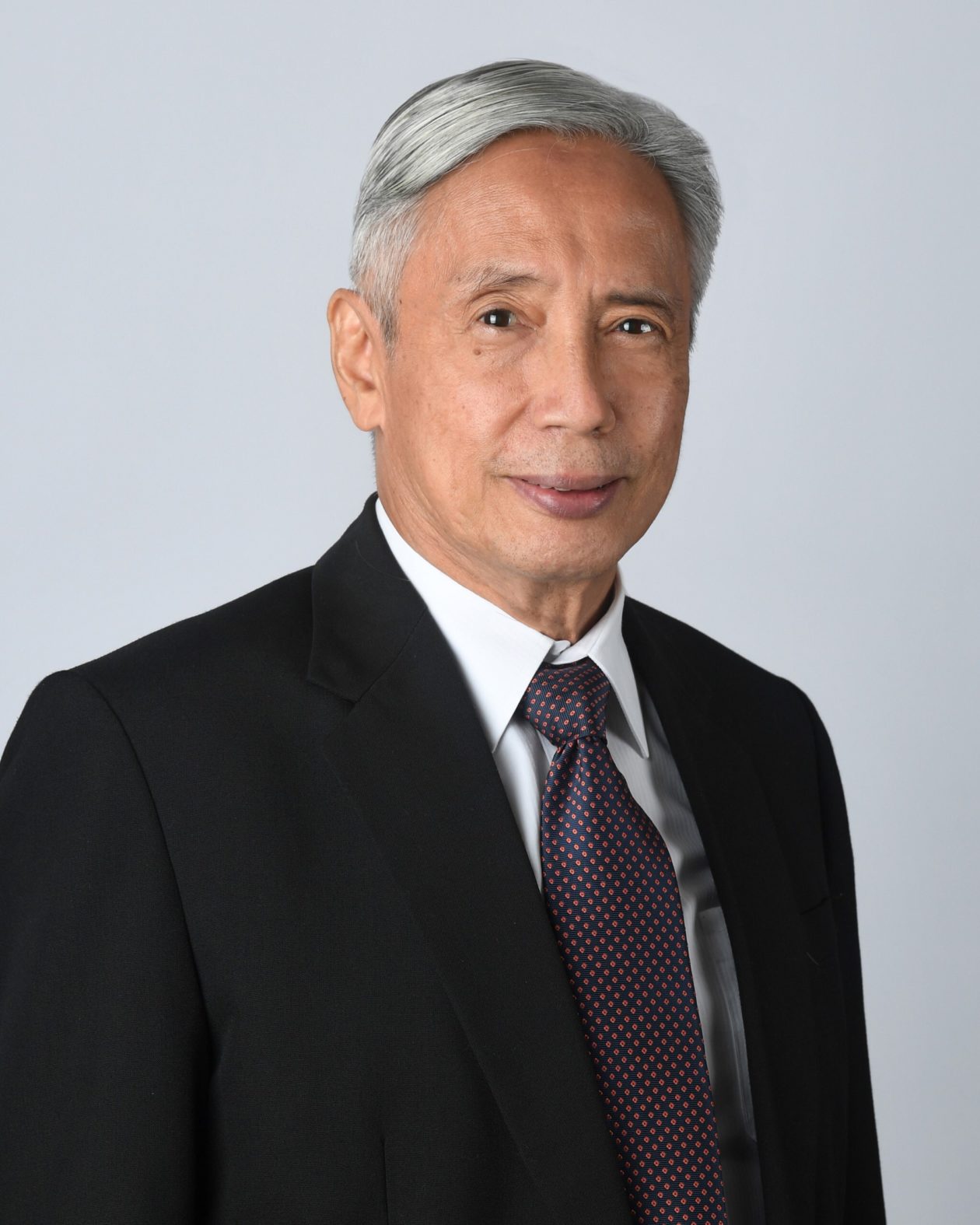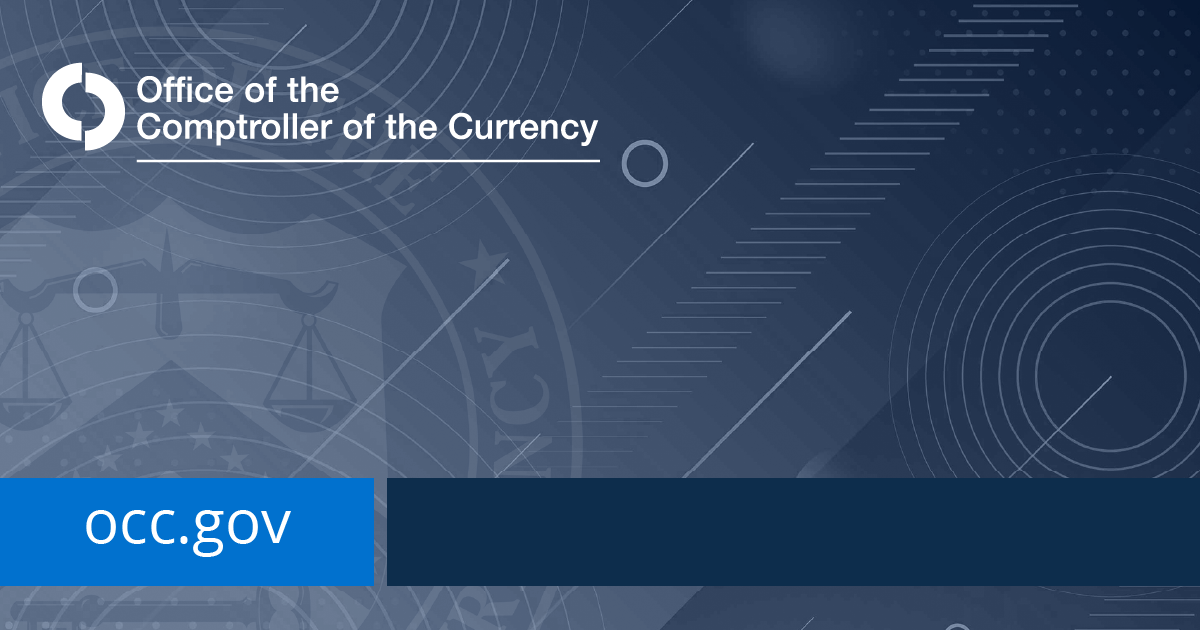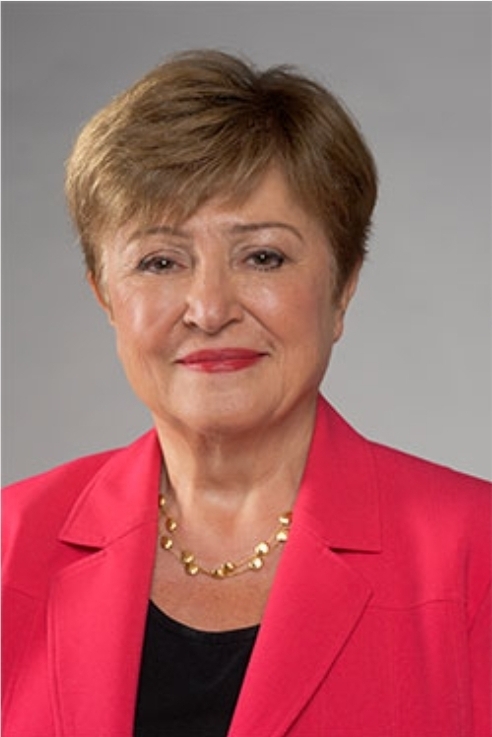Philippine central bank governor says no plan to ban crypto
New Bangko Sentral ng Pilipinas Governor Felipe Medalla is no fan of crypto, but in an exclusive interview with Forkast, he said there’s no plan to outlaw the digital asset.
Central banks in Asia have made clear their position on cryptocurrency. While some welcome it as an emerging technology, some want it banned.
The Reserve Bank of India proposed an outright ban on cryptocurrencies earlier this year. On the other hand, the Monetary Authority of Singapore wants to beef up its crypto regulations, even as it stated that cryptocurrencies have “no fundamental value.”
As for new Bangko Sentral ng Pilipinas (BSP) Governor Felipe Medalla, banning cryptocurrency in the country is out of the question. That’s good news for crypto users in the Philippines, which is the world’s fifth-largest crypto market, according to polling and survey site Finder.
Forkast’s Jenny Ortiz-Bolivar spoke one-on-one with Medalla about his position on cryptocurrency, the BSP’s plan on a central bank digital currency (CBDC) and the future of digital banking in the country.
Jenny Ortiz-Bolivar: What’s your take on cryptocurrency?
Felipe Medalla, BSP Governor: I don’t want it banned, but I don’t want to call it cryptocurrency. Because it has really very little use for actual payments, especially when the price is so volatile. Because if the price is rising very fast, the people who own it will naturally not want to use it. But, if you use it to buy something and its value rises, you’ll regret it.
On the other hand, for the person selling, if the price is going down, you don’t want to receive it, right? Because you will, by the time you change the money to actual cash, the value will be much lower. So to me, currency [is] something [that] cannot be very, very volatile. So in that sense, maybe you can call it crypto assets.
In the case of Bitcoin, it’s also bad for the environment because the amount of electricity that the miners use is bigger than the electric consumption of some countries. So what is its saving grace? Its saving grace is that in countries with so much financial and economic repression, it’s a good thing because they, in countries with terrible financial systems and so on, it’s an alternative to government.
Now, the other thing that it’s useful for is evading monitoring by government. The question is what social good does that achieve? Of course, if you are in a country where [the] government itself is the problem, maybe it does. But in most countries where the government is not perfect but is largely contributing to the common good, you don’t necessarily want to weaken the government. So my view is its valuation may be too high because of all the things I said. Of course, if I’m wrong, then it’s not necessarily the case.
And in fact, it’s already happened that the bubble has collapsed. Right? Some of the crypto assets have fallen by almost two-thirds in a very, very short period. So my advice always is if you go to buy this, don’t put in money that you cannot afford to lose.
Our policy standpoint, it must not be used for evading anti-money laundering and know your customer rules. We in the central bank, our policy is those exchanges where you exchange crypto assets for bank deposits or physical currency, all the rules that are needed to prevent money laundering, especially to finance crimes, should be enforced.
Ortiz-Bolivar: Human history shows that the medium of exchange of money has always evolved. We had barter, gold, and then paper bills. As we’ve seen, the world tends to be more digital now. Isn’t that what Bitcoin is?
Medalla: Why is it that the national currencies have no gold and yet they are okay for transacting? They’re okay for denominating the values of contracts? The answer is they are backed by governments that have taxing power. So at least you [have] basis for valuing the currency.
By the way, what you will note is [if] the global markets do not trust the way a country is run, you will note that the value of its currency will also be falling. So in other words, fiat currency at least has a leg to stand on — the sovereign. The sovereign that backs it up.
Ortiz-Bolivar: What’s the update on Project CBDC PH?
Medalla: The BSP would rather do it only at the wholesale level. Under this project, the BSP is set to undertake a pilot activity by the end of this year that will prototype inter-bank fund transfer. The pilot’s project target use case to enable fund transfer across a limited number of financial institutions, potentially on a 24/7 basis. So the CBDC will make it 24/7.
Now learnings from this pilot activity will then be used in determining the next steps. By the way, it’s extremely useful in the case of cross-border payments and for instance, settling payments for payment of securities. So the project is one major capacity building effort to ensure that BSP will be abreast of fast-evolving technologies which drive the emergence of alternative payment instruments.
So at the core of that system is that IT system called real-time gross settlement. But as you can see, not everyone has balances with the central bank. Indeed, not all rural banks. In fact, most rural banks do not have balances with us. So, we’re thinking that maybe this new technology will be more efficient than what we have now at the wholesale level.
So our goal is to leverage from the learnings from the pilot project, eventually pursuing bigger enhancements of the existing payment systems, enhancements that are aimed to mitigate pain points in the national system, particularly in intraday liquidity facilities, equity, equities and securities settlement. And especially if such payments are cross-border, it’s between two countries.
Ortiz-Bolivar: Looking ahead, will the Philippines consider having retail CBDC just like what they piloted this year in China?
Medalla: I think the safe thing to do is learn from the experience of the countries that are far ahead of us. Now, there are advantages to being ahead which is you were able to enjoy the benefits of the technology sooner. And, to the extent that there’s international global competition, those who are ahead will, of course, have a bigger gain.
But there’s also a big advantage to being behind, which is you copy the good parts of the system, you don’t copy the mistakes. So for a small country like the Philippines, I think being a follower, not the first mover in retail CBDC is the more practical and realistic alternative.
Ortiz-Bolivar: Last month, you said that BSP won’t accept any more digital bank applications. What’s the reason for this?
Medalla: Well, the reason for this is that we are not really sure what the market potentials are. And number two, we are also just learning how to regulate it ourselves. So, what we did was approve only six players which includes granting the license to operate to four new, totally new banks and two currently existing banks that converted to digital.
By the way, that requires some explanation because we want to be very strict about which bank can be called a digital bank. It has to be all digital, both on the deposit-taking side and the lending side. Of course, nothing prevents existing banks from having digital features.
One bank, for instance, is very, very powerful in getting deposits digitally. That will save them a lot of money in reducing the number of branches, for instance. But the lending remains the old-fashioned way. But we don’t want to call those banks digital banks. And there’s no limit as to how many banks can have digital processes but are not fully digital.
So that’s what we have to remember, we are not preventing an existing big bank to have a major campaign that gets deposits digitally and onboarding those clients digitally as well. But, if you want to call yourself a digital bank, you have to be fully digital.
https://forkast.news/philippine-central-bank-governor-no-to-ban-crypto/





























